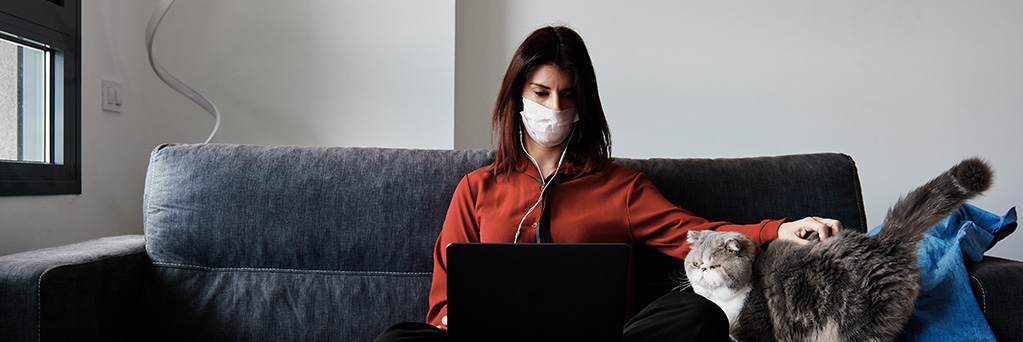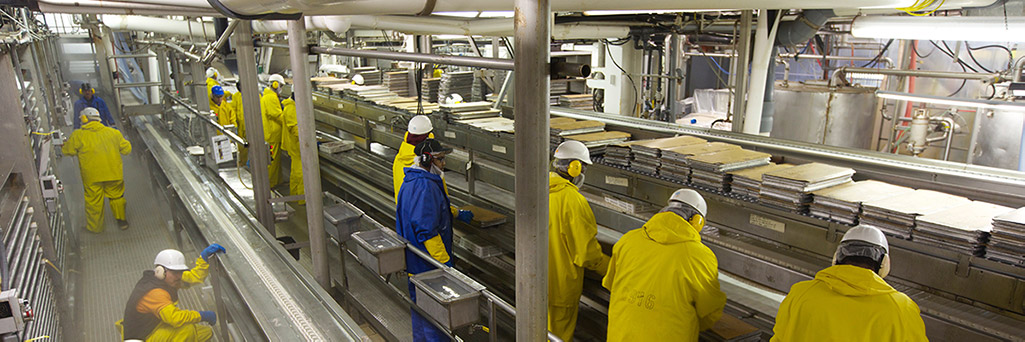Discovery Health MD is now a trusted partner in the deployment of Hawaii’s pre-travel testing program for inbound travelers. We are proud to serve the state of Hawaii and its visitors in this capacity and support each of the protocols they’ve established to prevent the introduction of the novel coronavirus into their communities. In addition to accurate, same- and next-day COVID-19 PCR lab tests to inbound travelers departing from Seattle, Discovery Heath MD is a staunch advocate of being mindful of your behavior in the 14 days prior to your travel dates.
“A test is part of risk reduction, but to eliminate risk, no testing strategy replaces a 14-day quarantine,” says Dr. Ann Jarris, CEO of Discovery Health MD. There is no better measure a traveler can take than minimizing the risk of exposure to COVID-19 in the 14 days prior to testing and departure.
Not everyone will be able to quarantine for 14 days prior to travelling, but there are steps you can take to reduce your risk of exposure and your risk of getting sick.
How to Minimize Risk of COVID-19 Exposure in the 14 Days Prior to Travel
Step 1: Establish boundaries with family or housemates.
The first step applies to individuals who live with others who will not be traveling. Make it clear that you will be doing your best to isolate yourself from everyone else in the house. See Step 3 for further guidance.
Step 2: Prepare your home for 14 days of minimal exposure.

Stock your quarantine location with any supplies you might need over the course of 14 days. Consider groceries, medicine, hygiene and cleaning supplies, work materials and entertainment. Make sure you have a thermometer. If you can, you will not leave this location for two weeks, so make sure you have what you need to stay nourished, healthy and occupied during that time.
Step 3: Stay vigilant of exposure risk.
This is especially critical if you live with others who are not planning to travel and are therefore not undergoing quarantine.
- If possible, use a separate bathroom. If this isn’t possible, enact stringent disinfection procedures for all surfaces in the shared space.
- Use separate cooking and eating utensils or disinfect thoroughly after every use.
- Wear masks when moving through common areas.
- Stay at least six feet away from any housemate not under quarantine.
- Regularly disinfect high-touch surfaces such as doorknobs, computers and phones.
- Wash hands often with hot soap and water or use hand sanitizer with at least 60% alcohol.
If you leave the house, wear a mask at all times. Consider wearing eye protection such as glasses or a face shield as well. Avoid indoor spaces with poor ventilation and keep a minimum of six feet between you and anyone else. Use hand sanitizer frequently and do not touch your face. Do not go in restaurants, bars or other indoor gathering places.
Step 4: Self-monitor for symptoms of COVID-19.
Ask yourself the following questions on a daily basis. Keep a regularly sanitized thermometer at hand and as well as a log of your temperature and any symptoms.
- Have I experienced any difficulty breathing, shortness of breath, loss of smell or taste, or unusual fatigue?
- Have I experienced a fever (100.4°F or greater)?
- Have I experienced signs of a fever such as chills, aches and pains?
Refer to the CDC’s list of possible COVID-19 symptoms for additional information.
If you have any of these symptoms in the 14 days prior to travel, you should see your healthcare provider for testing and further instructions as to when it will be safe to travel.
Step 5: Stay quarantined.
Do you best to stay at home except in the case of a medical emergency. Do not accept unnecessary visitors.
Alaska’s Success Story
This summer, the state of Alaska successfully protected its communities thanks to strict quarantine and testing protocols adhered to by all inbound travelers. Alaska was at the forefront of developing these protocols due to of their robust fishing industry. Thousands of workers from across the world travel to Alaska every year to catch and process fish, a huge global food source.

Without these workers, a critical piece of the world’s food supply and a massive industry could have been jeopardized. Cooperation and adherence to testing and quarantine protocols allowed this vital work to continue without compromising the health and safety of Alaskan communities.
Collective Responsibility
Many of us are eager to revive the economy, travel to special places and participate in life as we knew it before the pandemic. It is critical that as we start to do so, we keep the residents of places like Hawaii safe from infection. This is all possible when travelers commit to minimizing their risk of exposure to COVID-19 in the 14 days prior to travel in conjunction with the mandated testing protocols.
For more information about Discovery Health MD, or to book a COVID-19 test, visit our website. If you’re traveling via Seattle to a location that requires a negative COVID-19 test, consider booking a room at our dedicated hotel testing site. You’re eligible for a custom room rate when you’re scheduled for a COVID-19 test with Discovery Health MD.
Editor’s Note: We recognize the proper use of the Hawaiian language including the ‘okina [‘], a consonant, and the kahakō [ō] or macron (e.g., in place names of Hawai‘i such as Lāna‘i).
However, these have been omitted from this website for the best online experience for our visitors. We realize the importance and continue to use them outside of the online platform.
